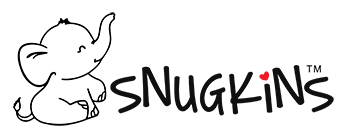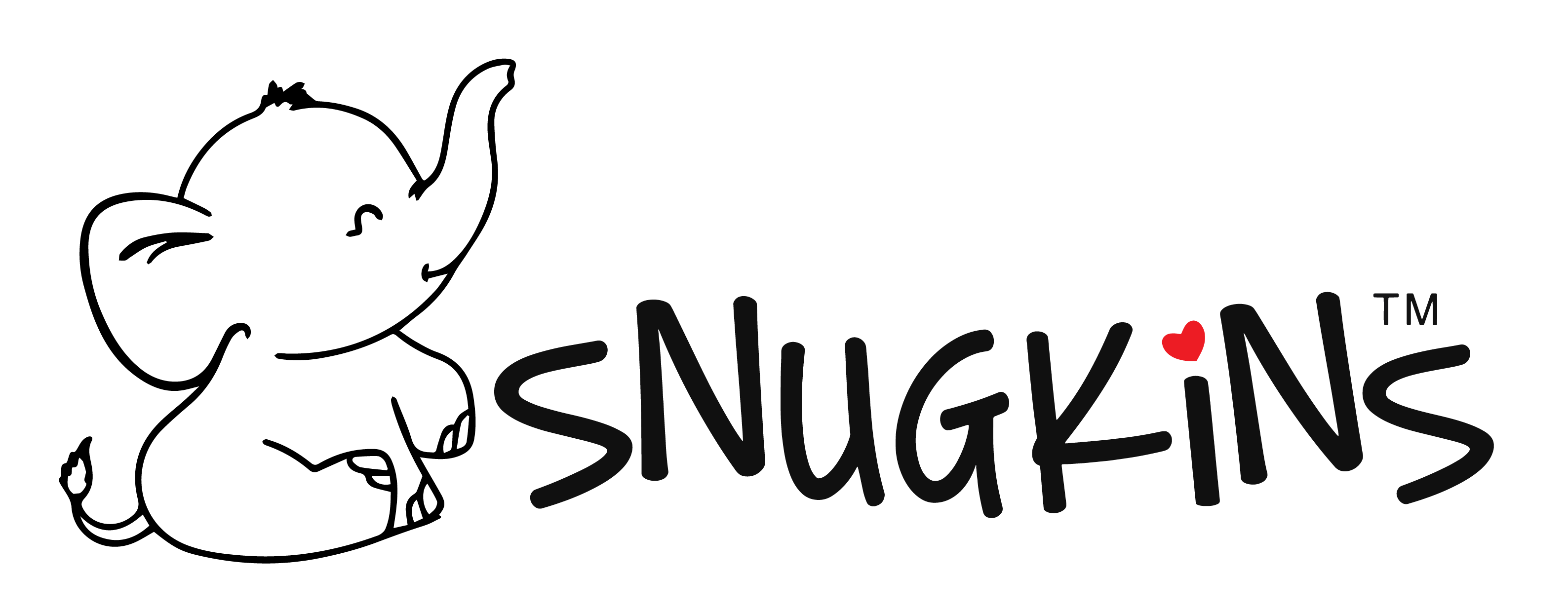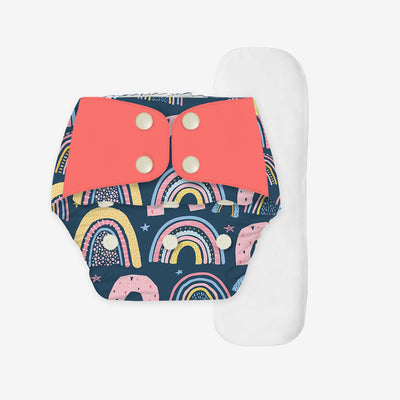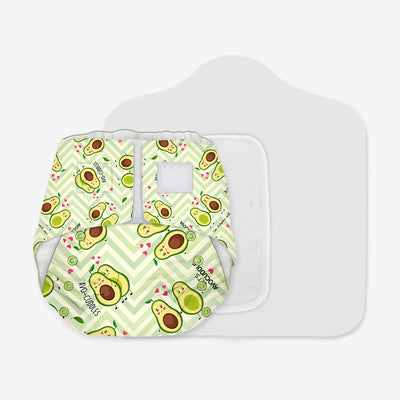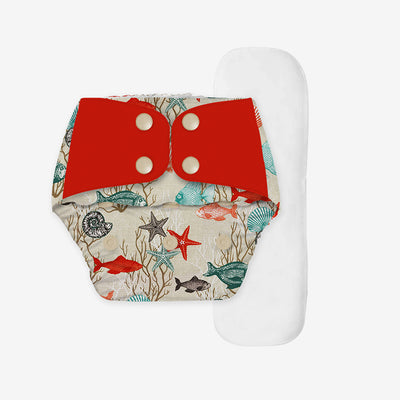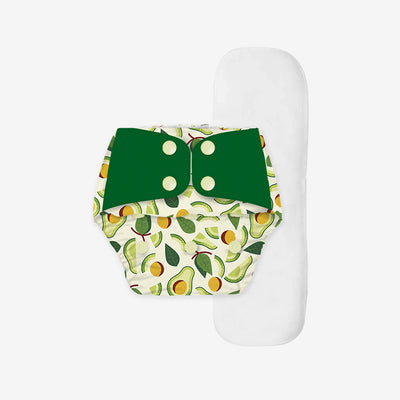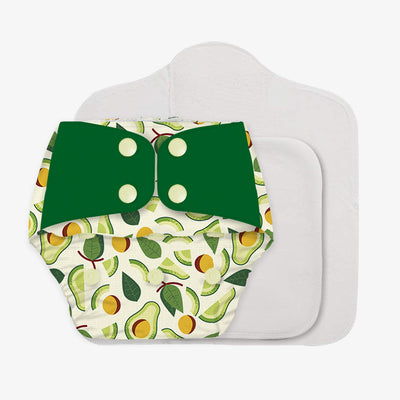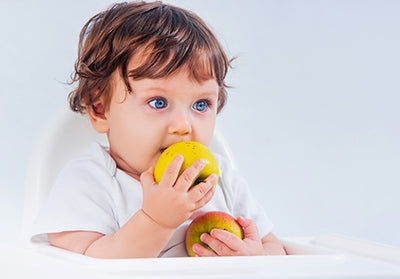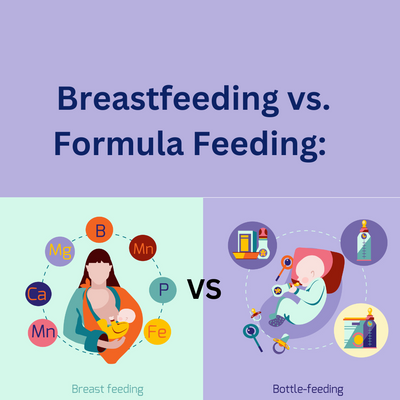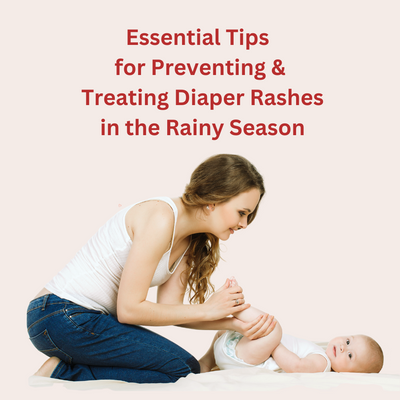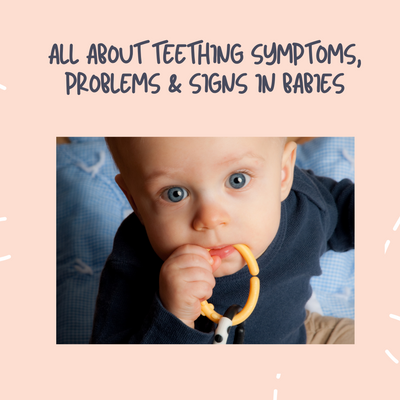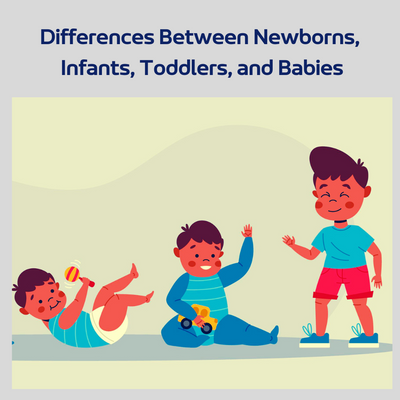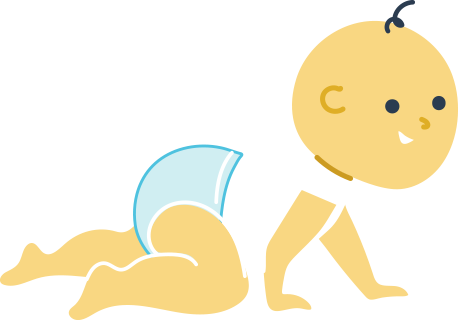How to Read a Baby Growth Chart

What are baby growth charts?
When and how is my baby measured ?
How to read a baby growth chart?
How to interpret the results?
What are the percentiles?
Babies are usually measured at birth and they grow at their own pace. As you make regular visits to the child doctor, he or she will take measurements and plot a baby growth chart to make sure everything is on the right track.
What is a baby growth chart?
A baby growth chart may look daunting but it is an important tool to check your little child's overall health. The chart has the standard growth pattern of a normal average child and your child's growth can be compared to a child of the same age and gender. Standards used for a baby under 2 years are based on the following.
Head circumference: This is an indicator of the baby’s brain growth. It measures the circumference around the largest part of the head.
Weight for length: This is a measurement of the baby’s weight and the baby’s height.
Weight for age: The measurement of the baby’s weight according to its age.
Length for age: The measurement of the baby’s height according to its age.
There are different growth charts for baby boys and baby girls. The charts also differ for babies upto 24 months and babies older than two years.
When and how is my baby measured ?
Visiting a child care specialist will become routine right after childbirth. Everytime you visit, the child care expert will take the necessary measurements for the chart. He or she will tell you how often to visit and you should clear all your doubts when you visit an expert. The person is there to advise you and help you raise your child. Initially the visits may be weekly then the expert usually advises to visit monthly.
How is head circumference measured?
The child care specialist usually measures the head around the eyebrows. A soft measurement tape is wrapped around the head from the center of the eyebrows, around the ears, behind the head, to the other ear and to the center of the eyebrows.
How is the length of the baby measured?
The baby is laid flat on the back, on the measurement table. The specialist gently stretches the baby’s feet to get an accurate measurement from the tip of the head to the heel.
How is the baby’s weight measured?
The baby is kept stark naked in a baby weighing scale for an accurate reading of its weight.
How to read a baby growth chart?
Once the measurements are done, you can look them up on the baby growth chart. If it doesn’t make sense you could always ask your baby specialist to help you understand it. Here we guide you to read the charts to check the growth of your little one. Always make sure you have a girl’s growth chart if you have a girl child and a boy’s growth chart in case your child is a boy.
Head Circumference Percentile
Although the chart looks very complex, it is quite simple to find out your baby’s head circumference percentile.
On the graph chart there are months represented as numbers on the top. Each month may not be numbered, but all the months will be represented.
On the left of the graph you’ll find the head circumference measurement in inches and centimeters.
Follow the lines represented by the measurements you have taken and plot where they intersect. They should intersect on one of the curved lines on the graph.
Follow the curved line till the end. You’ll find there is a number given there. This number represents your baby’s head percentile.
Weight for length percentile
Here is a guide to read the weight for length percentile of your child.
On the bottom of the graph you’ll find the length in centimeters and inches.
On the left hand side you’ll find the number indicator of weight. It will be represented in pounds and kilograms.
Follow the horizontal and vertical lines of these measurements on the graph. They should intersect on the growth curve.
Follow the growth line they intersect till the end and find the number that represents your baby’s weight for length percentile.
Length for Age Percentile
Here are the steps to check for your baby’s height (length) for age.
On the left of the graph is the indicator for the baby’s length or height.
At the bottom of the chart you’ll find the baby’s age in months.
Plot these lines till they meet on the growth curve.
Follow the curve they intersect till the end and the number given at the end of the line is the percentile for your baby’s length for age.
Weight for Age Percentile
Here is how to use the weight for age percentile chart.
On the right side of the graph you’ll find the baby’s weight indicator.
On the top of the chart you’ll find the baby age indicator in months.
Plot the corresponding horizontal and vertical lines till they meet on the growth curve.
Follow the curved line they intersect on until the end. You’ll find the weight for age percentiles of your baby.
How to interpret the results?
Although the baby growth charts are for the child care specialist to interpret and give advice, you should also know how to interpret the findings to know everything is fine with your child. Children generally follow the given growth pattern depending on their age and gender. The chart simply indicates the proportional growth rate.
What are the percentiles?
The growth chart compares children of the same age and gender. Percentiles are the curved lines showing the average of children that fall in the same bracket as your child.
If for example your child is 70 percentile (length for age) it means 70 per cent of children (of the same age) are shorter than your child and 30 per cent of the children are taller.
Do not become too obsessed with these numbers and leave the broader interpretation to your child care specialist because baby growth factors depend on many things including nutrition, genetics, environment etc.
Change in baby growth pattern
You also need to remember that babies do not grow uniformly throughout. A healthy baby’s growth rate is quite predictable. But sometimes they grow in spurts. Some babies grow a little faster and some grow a little slowly. Your child care specialist who tracks the baby’s growth will advise you in case he or she believes a course correction is needed. Till then give the baby the best care, nutrition and a healthy environment.
Related Blogs
Top 10 Best Baby Care Tips For New Moms
Baby Feeding Schedule - Tips For New Borns To Six Month Olds
Baby Development Month By Month - 1 Year Milestones
